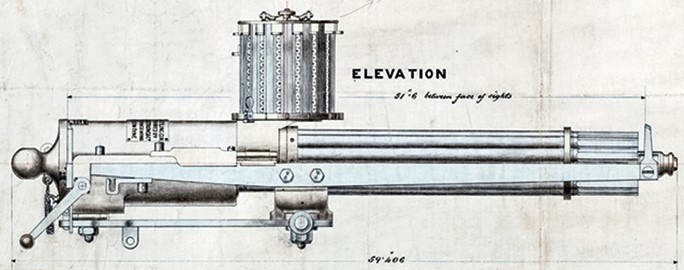Thanks for the welcome Frank.
I've only got one or two tricks I'd like to keep to myself but most everything else is stuff that was shared with me by old timers. I'm just passing along their kindness and generosity. Over the years I've picked up techniques on everything from patinas and weathering to set-ups and machining. As a result I seem to manage to figure out 5 or 6 ways of setting up or holding parts instead of the obvious 1 or 2. Opens up a whole bunch of associated tasks most people think are impossible for the average machinist.
I'm constantly amazed at the number of parts I'm told I can't make. I just wish the naysayers would have let me know before I made, installed and have the part working.
Another love is old Harleys. Here's a 1921 board tracker that I putt around on when the weather's nice. Bought the original bike in 1998. I got it out of storage and began what's been a 6 year restoration / build. All the original parts I took off have been preserved and put away.
I replaced the original pocket valve motor with one from a 1971 Harley Sportster but I did it by modifying the engine to fit the frame, not hacking up the frame to take the motor. Done that way, I can have the bike back to completley original condition in about a day.
Modern brakes let me get stopped. All new cotton-wrapped wiring keeps the vintage look along with details like using friction tape instead of plastic electrical tape.
Where I've needed extra room, like getting the drum brakes in the front end and working right, I duplicated the original fork castings, just with wider dimensions.
Knowing a trick or two about metal finishing and patinas let me keep an original "barn find" look that I find more interesting than the museum-grade restorations that some older bikes have gone through. Between its 100 year old frame and my 76 year old frame, we don't go very far or very fast but it definitely gets thumbs-ups and smiles whenever I take it out.
https://ibb.co/Yb2L3FShttps://ibb.co/PDwdNrzhttps://ibb.co/NZPdJRd

 Recent Posts
Recent Posts